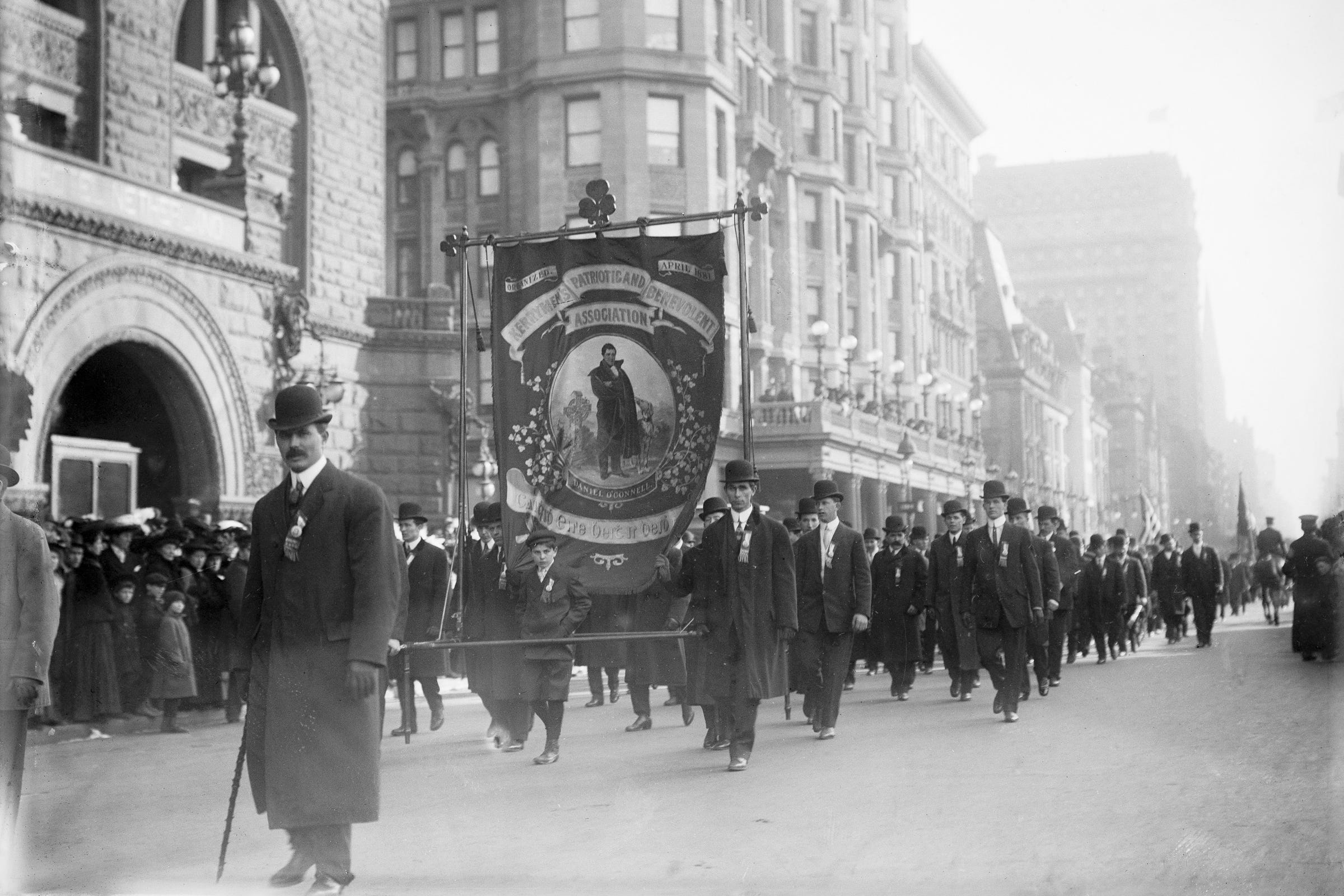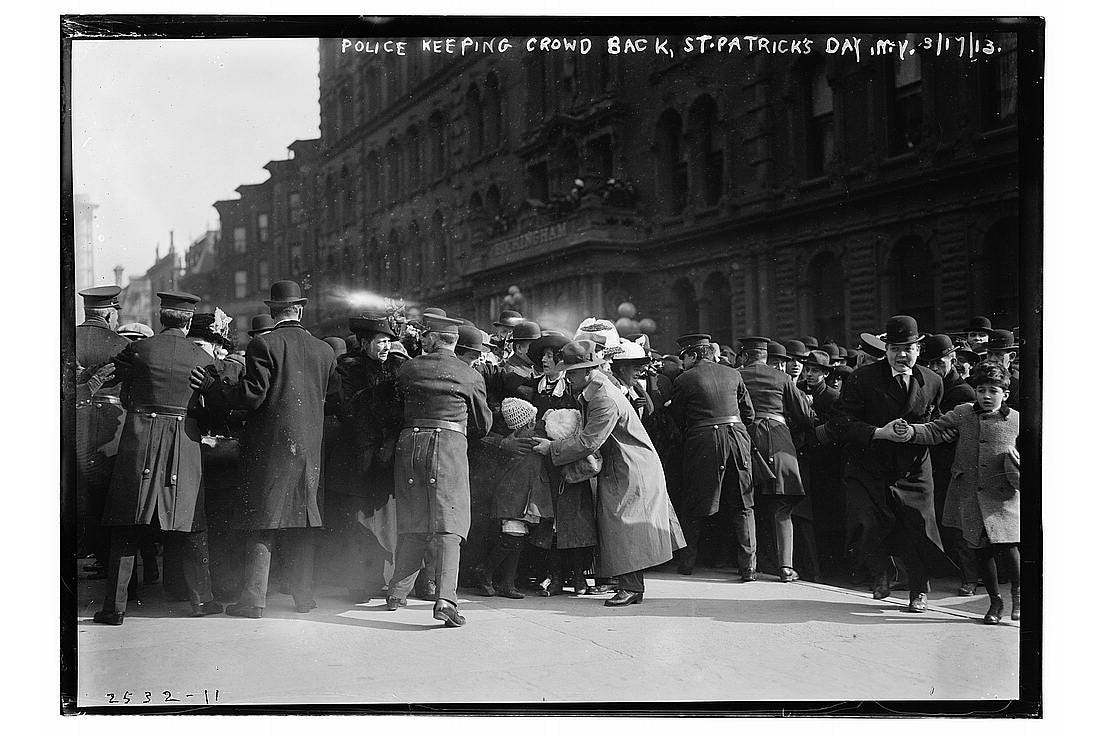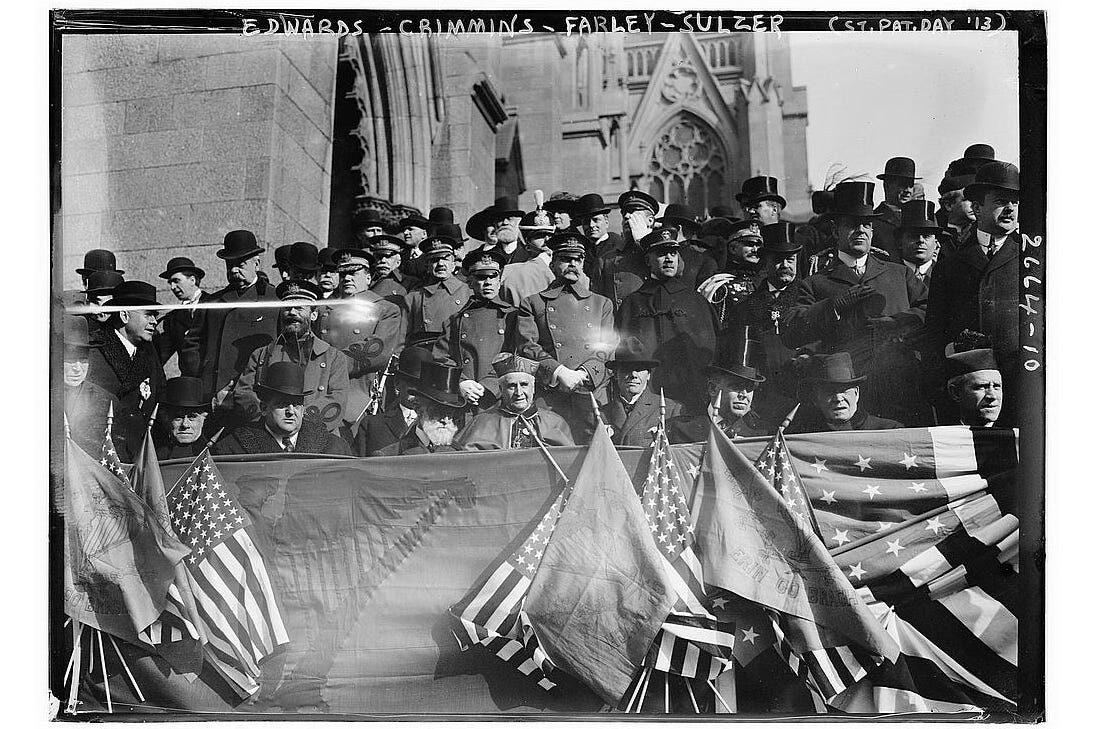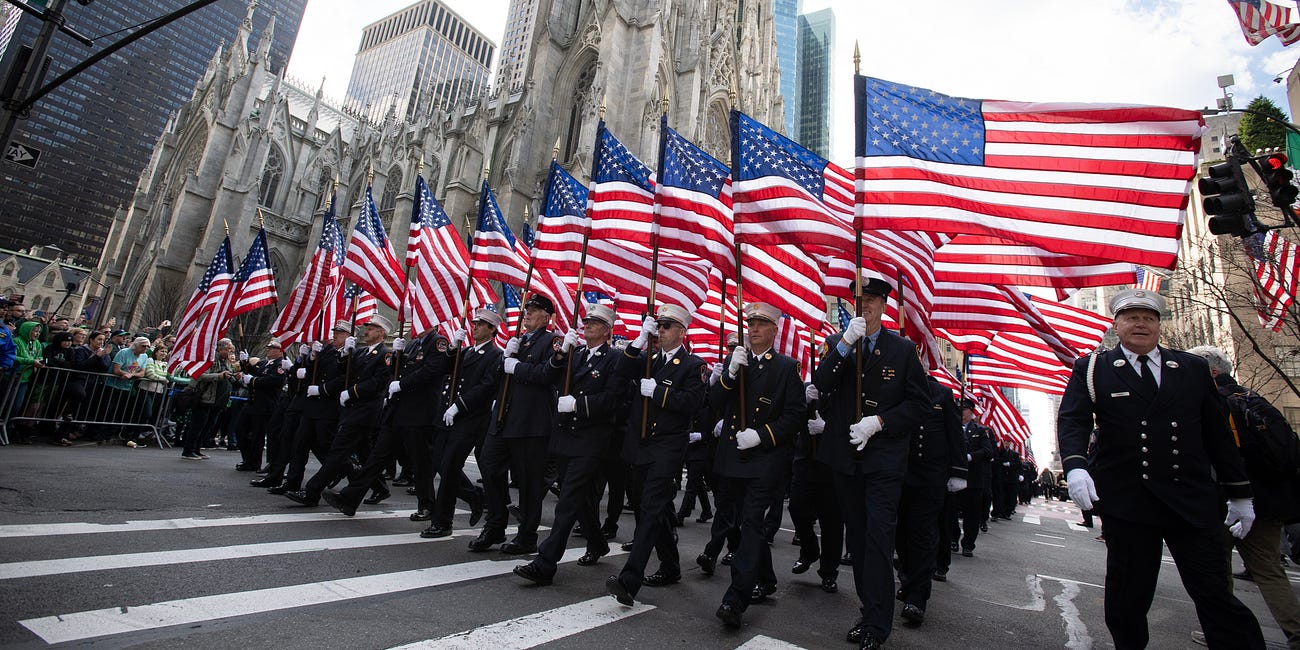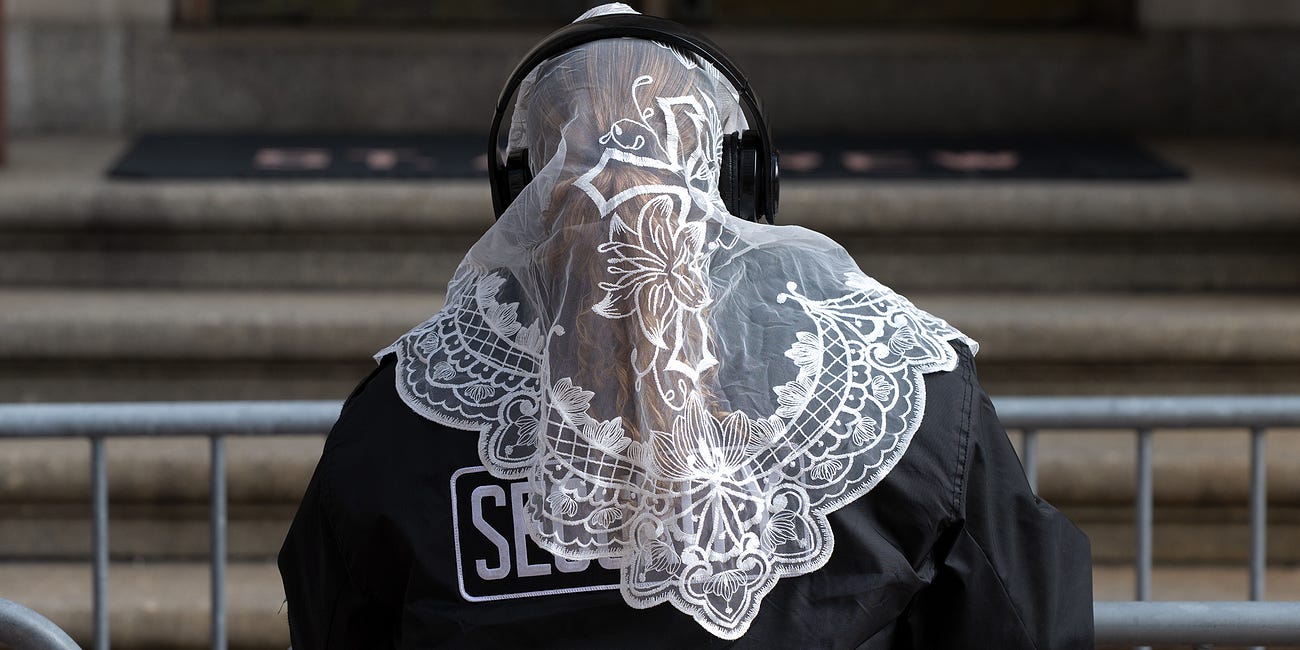Faith, Unity, and Fifth Avenue: The Unstoppable Spirit of New York's St. Patrick's Day Parade
Celebrating 264 Years of the World's Oldest and Largest Parade—and the Grace That Keeps It Marching On
They came seeking hope, fleeing tyranny, persecution, and poverty. The Irish who set sail for the New World brought more than their belongings—they carried their Faith, courage, and traditions, weaving them into America's rich tapestry.
New York’s St. Patrick’s Day Parade began humbly in 1762, decades before the city's first Catholic parish, St. Peter’s on Barclay Street, would be founded. A small group of homesick Irish immigrants and soldiers serving in the British Army marched together to honor their beloved patron, St. Patrick. It was a simple act of devotion and solidarity, but one that would echo across generations.
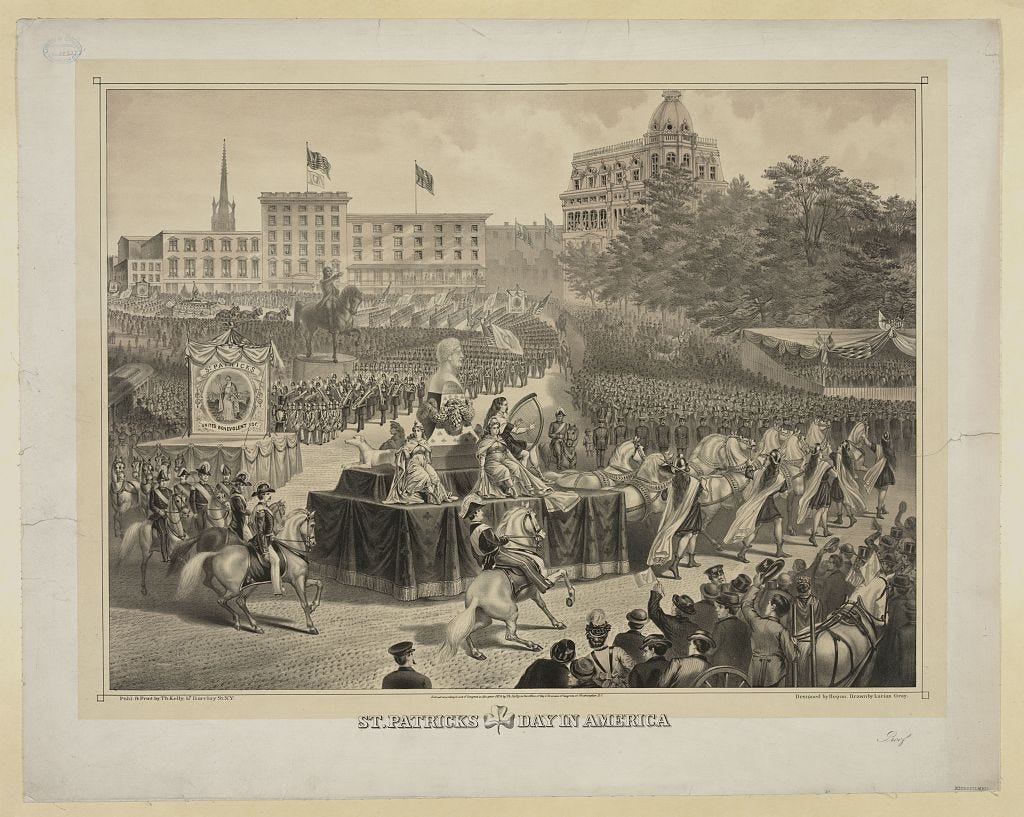
As the Irish community grew, so did the parade. In 1836, the Ancient Order of Hibernians (AOH), the oldest Catholic lay organization in America, was officially formed in New York. Born out of a need to protect Catholic clergy and immigrants from discrimination, the AOH played a pivotal role in organizing and sustaining the parade. Their leadership ensured that the event remained a stronghold of Irish culture and tradition, especially during times when anti-Catholic sentiments were prevalent.
St. Patrick's Old Cathedral, located in what is now Nolita, became a focal point for the Irish Catholic community. The first St. Patrick's Day Parade originated from St. James Church on Monroe Street and would march up to the cathedral, demonstrating pride in their Catholic Faith and Irish heritage. This procession not only showcased their devotion but also their resilience in the face of adversity.
Archbishop John Hughes, a towering figure in New York's Catholic history, recognized the need for a grander cathedral to accommodate the burgeoning Catholic population. And in 1858, he laid the cornerstone for the new St. Patrick's Cathedral on Fifth Avenue. This monumental endeavor symbolized the growing confidence and prominence of the Irish Catholic community. By 1879, the parade route shifted to midtown to pass by the stately new Gothic cathedral, cementing its place in the heart of the city's celebrations.
Over two and a half centuries later, that humble march has grown into the largest St. Patrick’s Day Parade in the world. Today, more than 200,000 marchers proudly journey up Fifth Avenue, cheered on by millions of spectators from every conceivable background—each sharing, if just for a day, the joyful claim that “Everyone’s Irish on St. Patrick’s Day!”
But beneath the festivities, there's a profound truth. The march up Fifth Avenue symbolizes more than heritage or tradition—it represents Faith, perseverance, and unity. In the words of Monsignor Robert T. Ritchie, former Rector of St. Patrick’s Cathedral, "Today, as always, we march not simply for ourselves, but in witness to the Faith that sustained our ancestors through hardship, persecution, and sacrifice."
This Faith remains as vibrant and enduring as ever. In a world where division often dominates headlines, the New York St. Patrick’s Day Parade remains an annual testament to America’s beautiful tapestry woven from threads of every nation and culture. Here, all are welcomed. And each step down Fifth Avenue reflects this reality—a visible, vibrant testimony of how Christ's love transforms and unites hearts.
The St. Patrick's Day Parade, Annie Moore, and the Legacy of Faith
·It stands to reason she would have witnessed the St. Patrick's Day Parade at least once.
This year, as marchers once again fill Fifth Avenue, from New York’s Bravest (FDNY) to New York’s Finest (NYPD), the bagpipers and schoolchildren proudly bearing banners, we remember that beneath the pageantry is a reminder of how one small, Faithful action can grow into something extraordinary.
In every era, God’s grace responds uniquely. And for New York’s Irish immigrants, that Grace came through perseverance and Faith. Today, it remains the same—shaping, adapting, and always pointing toward Christ.
Indeed, on St. Patrick’s Day, Grace marches on.
"So I am, first of all, a simple country person, a refugee, and unlearned. I do not know how to provide for the future. But this I know for certain, that before I was brought low, I was like a stone lying deep in the mud. Then he who is powerful came and in his mercy pulled me out, and lifted me up and placed me on the very top of the wall.
That is why I must shout aloud in return to the Lord for such great good deeds of his, here and now and forever, which the human mind cannot measure.
So be amazed, all you people great and small who fear God! You well-educated people in authority, listen and examine this carefully.
Who was it who called one as foolish as I am from the middle of those who are seen to be wise and experienced in law and powerful in speech and in everything?
If I am most looked down upon, yet He inspired me, before others, so that I would faithfully serve the nations with awe and reverence and without blame: the nations to whom the love of Christ brought me. His gift was that I would spend my life, if I were worthy of it, serving them in truth and with humility to the end." Excerpt from ‘St. Patrick's Confessio’
Happy St. Patrick’s Day!
Thanks for reading! This is a truly independent, reader-supported periodical. Your support is crucial. If you are able, please consider a paid subscription or making a ‘Patron of the Arts’ donation of any amount. By doing so, you are not just supporting this effort; you’re a vital part of this mission.
You have my heartfelt thanks for your generosity and support, and please keep me in your prayers and know of mine for each of you. God Bless, Jeff
From St. Elizabeth Ann Seton to the Sisters of Life: A Legacy of Grace, Unbroken
·I’ve passed it for years.
The Woman who Prayed on the Plaza
·It was a beautiful, sunny day in New York City as I stepped into One Police Plaza, having just picked up my shiny, new NYPD press credential from the good people at the Press Office.


